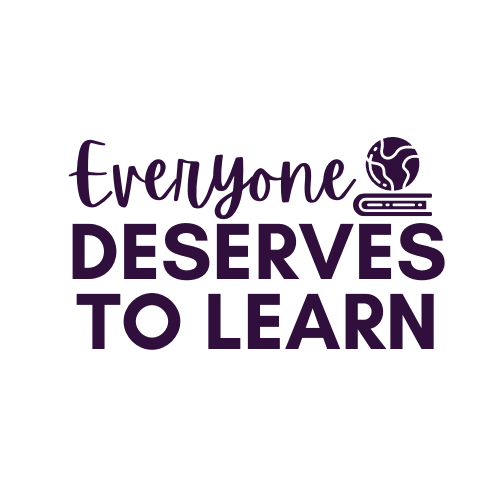What textbook? Teaching SLIFE"s, Part 2
In my last post I talked about how
long it took me to figure out that I was teaching
SLIFE's
, and what that actually meant. One of the things that made me into the educator that I am today has been my lack of access to a textbook or teacher's manual.

In my first job, teaching French,
there was no textbook, so I drew from my experiences learning French to create
lessons geared to my students' needs. That experience allowed me to explore the practice of teaching language
acquisition,
and learn how to create materials that were engaging and effective. Then, when I was thrown into an ESL position (again
with no textbook), I drew on those experiences to create materials that were also driven by students' needs. However, I quickly realized that teaching ESL is NOT the same as teaching FSL. When
teaching a world language, the expectation is that students will be able to use the language primarily in
social situations; rarely, if ever, will they
need to
conduct a conversation with academic language.
In ESL, you are expected to teach them social language AND academic language, simultaneously and quickly. My FSL students had no such expectations placed on them- they
never
needed to use French outside of our little
bleu
blanc rouge
colored classroom. We had fun. We played games, we sang songs, we watched videos, we diverted from
learning the language to learning about the culture and history (in
English)
without any sense of urgency. So, when I received a group of
SLIFE's
and became their self-contained teacher, I was caught between teaching them ESL the way I taught FSL, and ESL that the district was expecting. It's like being caught between a rock and a hard place. I wanted to teach them rhymes and songs to help them remember phonics rules, but at the same time, I knew they were expected to leave my classroom being able to eloquently discuss changes in the three states of matter and describe the life
cycle of oviparous creatures
.
This is when my lack of teacher's manual, scope and sequence, and pacing guide came in handy. I drew upon my experiences teaching FSL and ESL, and created something that was unique to the needs of my
learners, that year. Looping with these students was one of the best and hardest things I've done as a teacher. I couldn't do the
same craft, read the same read-aloud, rest on my laurels, or rest, ever. I had to take what they'd learned and expand on it, which pushed me, and them. Teachers from other districts would come to observe us, and always asked what basal series I was using. I'd shrug (that very Gallic shrug that expresses the
untranslatable
"
bof
" in French
) and say I didn't use one, that I'd never used one. The lack of a teacher's guide makes a lot of teachers uncomfortable. I know for a fact that I scared away a teacher who was shadowing me for a practicum. My "alternative" instructional design methods were not equating
with the strict teacher-prep program (you know, the one that makes you
write 6 page
lesson plans)
. I didn't understand then, in fact, I sobbed, thinking I was an awful mentor. But now, I understand it wasn't me, it was the fact that I didn't have a textbook, a pacing guide, or even a curriculum
beside the one I wrote for mysel
f.
Although I've learned to never say never, I can pretty much guarantee that I'll never be in favor of teaching SLIFE's from a textbook or kit. This isn't to say that textbooks are wrong or bad, rather, it's the application that can be detrimental. My experiences have shown me that manuals and
books are
resources, not prescriptions. There is no manual in the world that can prepare someone to teach SLIFE students what they need to know in order to survive. It's not a simple formula, there is no magic answer, It's about the giving each individual student in a single class period the tools they need to succeed.


